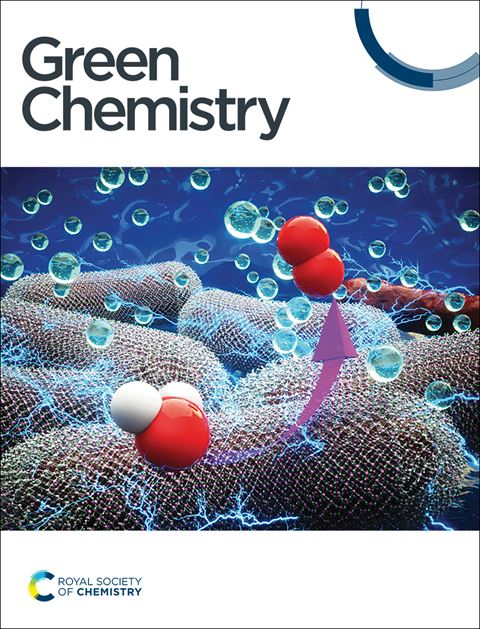Recent developments in recycling of post-consumer polyethylene waste
IF 9.3
1区 化学
Q1 CHEMISTRY, MULTIDISCIPLINARY
引用次数: 0
Abstract
With increasing emphasis on sustainable development goals, the recycling of end-of-life waste plastics has gained significant attention because of its role in protecting the environment and conserving resources. Polyethylene (PE) has been in use since the 1950s because of its excellent chemical resistance, low cost and processing convenience. It is widely used in packaging, agriculture, daily products and other fields, and its output has increased yearly. In this review, a comprehensive summary of the recent advances in PE recycling, including mechanical and chemical recycling, is presented. The section on mechanical recycling outlines traditional and emerging mechanical recycling methods, emphasizing their advantages and disadvantages. The section on chemical recycling is categorized into several subsections, including thermochemical depolymerization, metal-catalytic depolymerization, novel-catalytic degradation (such as biological catalysis, photocatalysis, and photo/electrocatalysis), macromolecular transformation, and carbonization. Simultaneously, we highlighted the advantages and disadvantages of these recycling processes based on their operational principles and environmental/economic benefits. Finally, some insights into future directions for recycling PE are offered, focusing on balancing the efficiency and environmental impact of processes through material innovation, mechanism research, system design, and interdisciplinary collaboration.
消费后聚乙烯废料回收利用的最新进展
本文章由计算机程序翻译,如有差异,请以英文原文为准。
求助全文
约1分钟内获得全文
求助全文
来源期刊

Green Chemistry
化学-化学综合
CiteScore
16.10
自引率
7.10%
发文量
677
审稿时长
1.4 months
期刊介绍:
Green Chemistry is a journal that provides a unique forum for the publication of innovative research on the development of alternative green and sustainable technologies. The scope of Green Chemistry is based on the definition proposed by Anastas and Warner (Green Chemistry: Theory and Practice, P T Anastas and J C Warner, Oxford University Press, Oxford, 1998), which defines green chemistry as the utilisation of a set of principles that reduces or eliminates the use or generation of hazardous substances in the design, manufacture and application of chemical products. Green Chemistry aims to reduce the environmental impact of the chemical enterprise by developing a technology base that is inherently non-toxic to living things and the environment. The journal welcomes submissions on all aspects of research relating to this endeavor and publishes original and significant cutting-edge research that is likely to be of wide general appeal. For a work to be published, it must present a significant advance in green chemistry, including a comparison with existing methods and a demonstration of advantages over those methods.
 求助内容:
求助内容: 应助结果提醒方式:
应助结果提醒方式:


